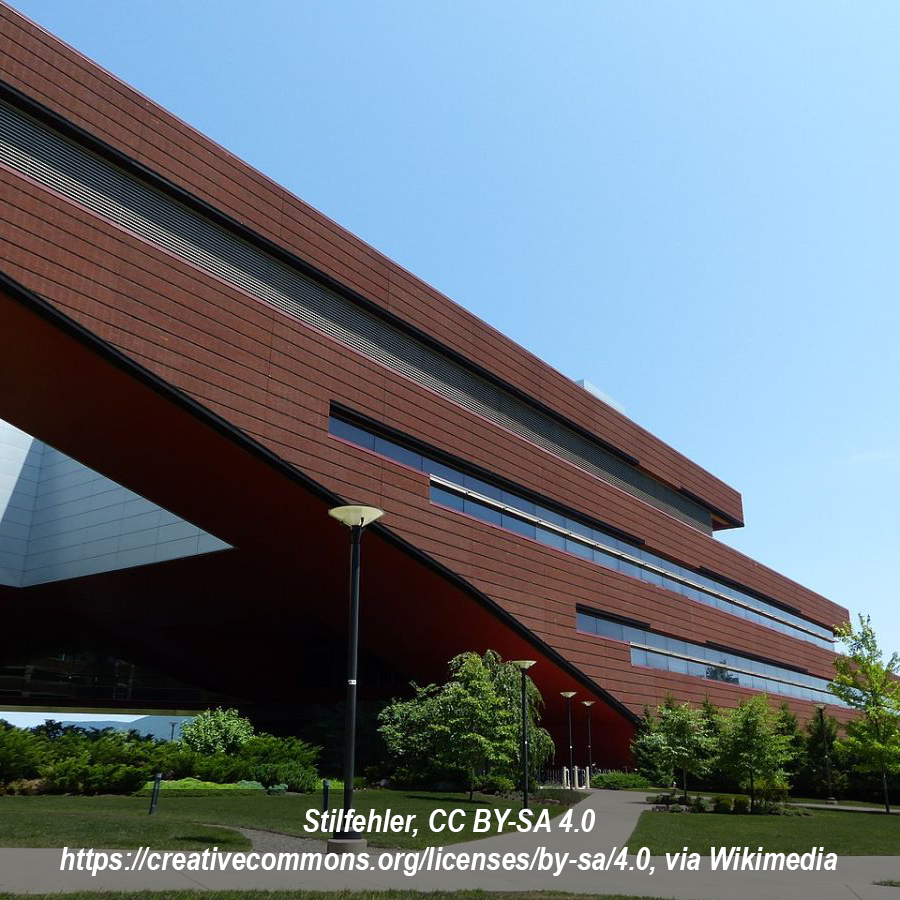Compiled by Staff Connectors
A national squeeze on federal research funding is forcing America’s universities into difficult choices, and Penn State is squarely in the crosshairs. Across the country, institutions are pausing projects, shrinking graduate cohorts, and merging departments. In Happy Valley, the implications extend well beyond campus, touching everything from local jobs to the innovation economy that has long defined this region.
A National Story with Local Stakes

In recent months, universities from Northwestern to Utah State have announced staff layoffs, closures of research centers, and program mergers after grant dollars were cut or delayed. UMass Chan Medical School even rescinded its entire incoming biomedical PhD class for 2025 to 2026, citing the risk of students entering without viable dissertation funding.
These headlines may sound remote, but Penn State is already taking similar steps. Since 2022, the university has trimmed funding for the College of Engineering and programs serving academically advanced students. Trustees have also voted to close seven Commonwealth Campuses by 2027.
“The retrenchment is real,” said one Penn State faculty leader. “It is not just belt tightening. We are talking about structural changes that will reshape how this university operates for decades.”
Trustees Move with Urgency
The pace of decision making has shifted. Penn State’s Board of Trustees has demonstrated a willingness to act far faster than in the past, approving campus closures and rejecting potential deals in a matter of months rather than years. Long deliberations that once stretched over extended periods are giving way to decisive action, underscoring the urgency of the financial pressures the university faces.
Graduate Students on the Front Line
Perhaps the most immediate pressure falls on graduate students. Across the country, universities are rescinding admissions offers or reducing PhD cohorts to limit exposure. Penn State may have to adopt the same strategy.
For a community like State College, this matters. Graduate students staff the labs that power Penn State’s 1.3-billion-dollar research enterprise, from biomedical startups to materials and energy breakthroughs. They also fill apartments, shop downtown, and contribute to the cultural and civic fabric of Happy Valley.
“If graduate admissions shrink significantly, you will see ripple effects not just in research productivity but in the local economy,” said a local economic development official.
The Regional Paradox
Here lies the paradox. At the very moment when Penn State’s research ecosystem could help buffer Happy Valley from economic uncertainty, its foundation is being destabilized by federal cuts and rapid restructuring.
That ecosystem is formidable. In 2023 to 2024, Penn State recorded 1.337 billion dollars in research expenditures, ranking 26th nationwide. Its seven interdisciplinary research institutes and the Applied Research Laboratory drive advances from energy and materials to law, communications, and the arts. Over the past decade, Penn State has partnered with industry more than 2,000 times, resulting in more than 9,000 research projects since 2013.
These numbers underline why the retrenchment is so consequential. Corporate partnerships and philanthropy are being touted as solutions, but they come with tradeoffs. Industry dollars can accelerate commercialization but may shift research priorities. Endowment reserves can bridge short term gaps but weaken long term stability. Centralization, including merging departments, consolidating law schools, and reducing campus autonomy, may save money but risks weakening the university system’s reach into Pennsylvania communities.
What Is Next for Happy Valley
For residents of Happy Valley, these shifts are more than an academic story. Campus closures will reshape surrounding towns that rely on student populations. Cuts to graduate funding could slow the growth of startups spun out of Penn State labs. Consolidated programs may concentrate talent at University Park while leaving regional economies hollowed out.
Yet there is opportunity as well. The Academic Portfolio and Program Review could sharpen Penn State’s focus on high impact fields such as sensors, energy, and life sciences, areas where Happy Valley already competes globally. Stronger industry partnerships could emerge, and a new model for university community collaboration may take shape.
The question is whether urgency will leave Penn State and Happy Valley leaner and stronger, or diminished and vulnerable.
As one longtime observer put it: “Happy Valley has always thrived on paradox. The challenge now is to ensure that federal cuts do not turn that paradox into decline but into reinvention.”

